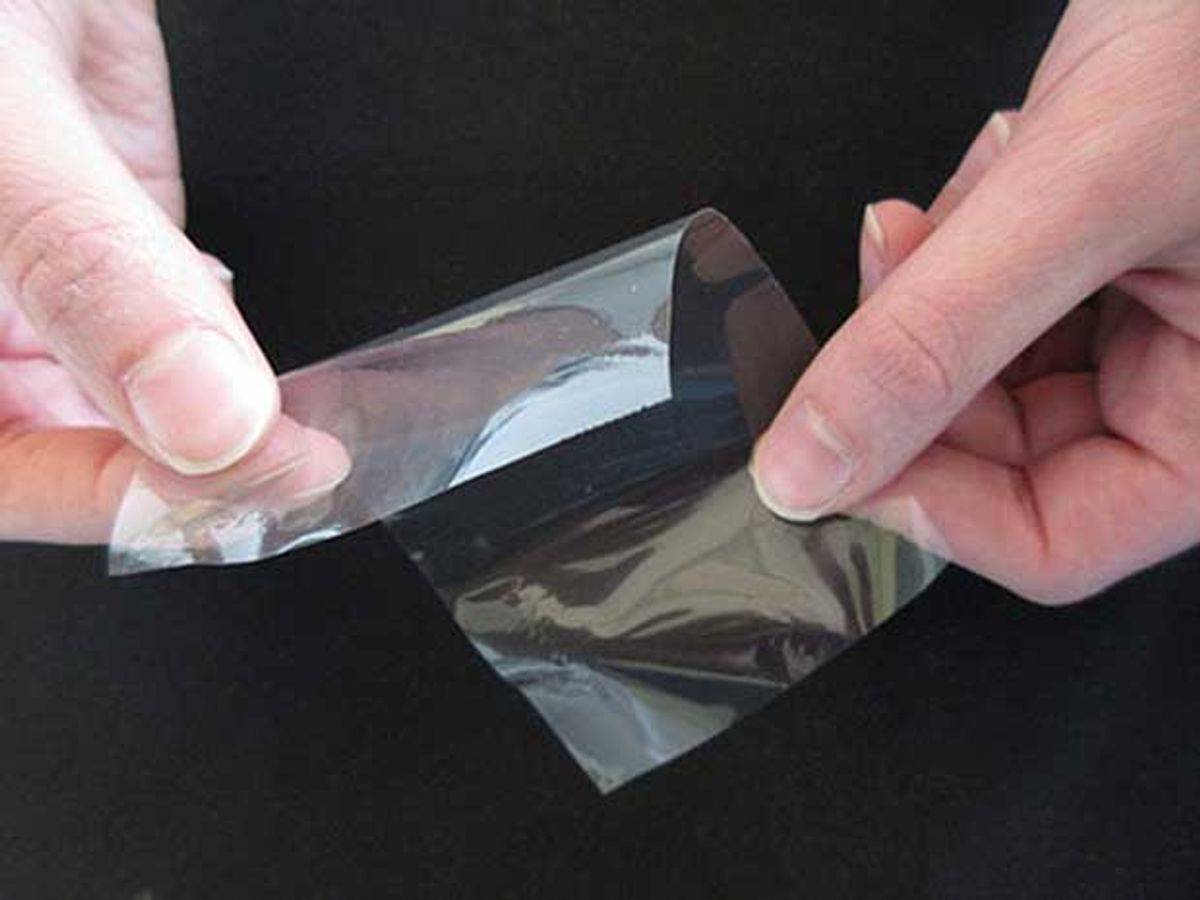Artificial skin as heat-sensitive as pit vipers—the most sensitive heat detectors in nature—could one day help prosthetics and robot limbs detect subtle changes in temperature, a new study finds.
Many research groups around the world are developing flexible electronic skin for prosthetic limbs that can help replicate the sensory capabilities of real skin. When it comes to temperature, existing flexible sensors recognize changes of less than one-tenth of a degree C, but only within temperature ranges of less than 5 degrees C. Other flexible devices can work in wider temperature ranges, but are many times less sensitive.
Now scientists have developed an electronic skin that is sensitive to changes as little as one-hundredth of a degree C over a 45-degree range, from 5 °C to 50 °C. This sensitivity is comparable to that of pit vipers such as rattlesnakes, the researchers say. In comparison, human skin is only sensitive to changes of about two-hundredths of a degree C, the scientists add.
The scientists made their discovery while fabricating synthetic wood in a petri dish. They found that films made of pectin, a sugar found in plant cell walls, could display an electrical response to changes in temperature.
The researchers incorporated transparent flexible films of pectin and water—films as thin as 20 millionths of a meter—into artificial skins made of elastic materials such as silicone rubber. These films were enriched with positively charged calcium ions.
When temperatures rise, strands of pectin in the films come unbound from one another, releasing calcium ions. This results in a drop of electrical resistance through the films that can be detected via electrodes embedded in the film. The way these pectin films work is a bit similar to how pit vipers sense warm prey in the dark. As temperatures rise, ion channels in the cell membranes of pit viper sensory nerve fibers expand, allowing calcium ions to flow and trigger electrical impulses.
The artificial skin could detect gentle finger pokes, precisely mapping temperature variations across its surface. It could even sense warm bodies—a teddy bear microwaved to a temperature of 37 °C—up to one meter away.
The pectin films remained sensitive even after such physical deformation as bending or twisting, a desirable trait for artificial skins. They also stayed stable after being warmed and cooled more than 215 times across a 30-degree temperature range.
In addition, these pectin films “are extremely easy to fabricate and extremely low cost—you can buy pectin at your local supermarket to make gelatin, jams, or jellies,” says study senior author Chiara Daraio, a mechanical engineer and materials scientist at the California Institute of Technology in Pasadena. “We think it’s pretty straightforward to scale up to large-scale production if needed.”
When it comes to using these heat-sensitive skins to enhance robots, “I think the timeframe for applications can be fairly short—one to two years,” Daraio says. However, when it comes to prosthetics, or first-aid bandages that can raise warnings of a temperature increase, a sign of infection, “we’re looking at much longer timeframes of five to 10 years at minimum, because of the issues that come whenever you have to interact with the human body,” she says.
In the future, the researchers would like to add compounds to the pectin films that could boost the operating range of their artificial skin up to 90 °C. This would make it useful for industrial applications in consumer electronics or robotic skins, they say. Future research could also examine if molecules with similar structures to pectin might work even better, Daraio says.
The scientists detailed their findings online on 29 January in the journal Science Robotics.
Charles Q. Choi is a science reporter who contributes regularly to IEEE Spectrum. He has written for Scientific American, The New York Times, Wired, and Science, among others.



